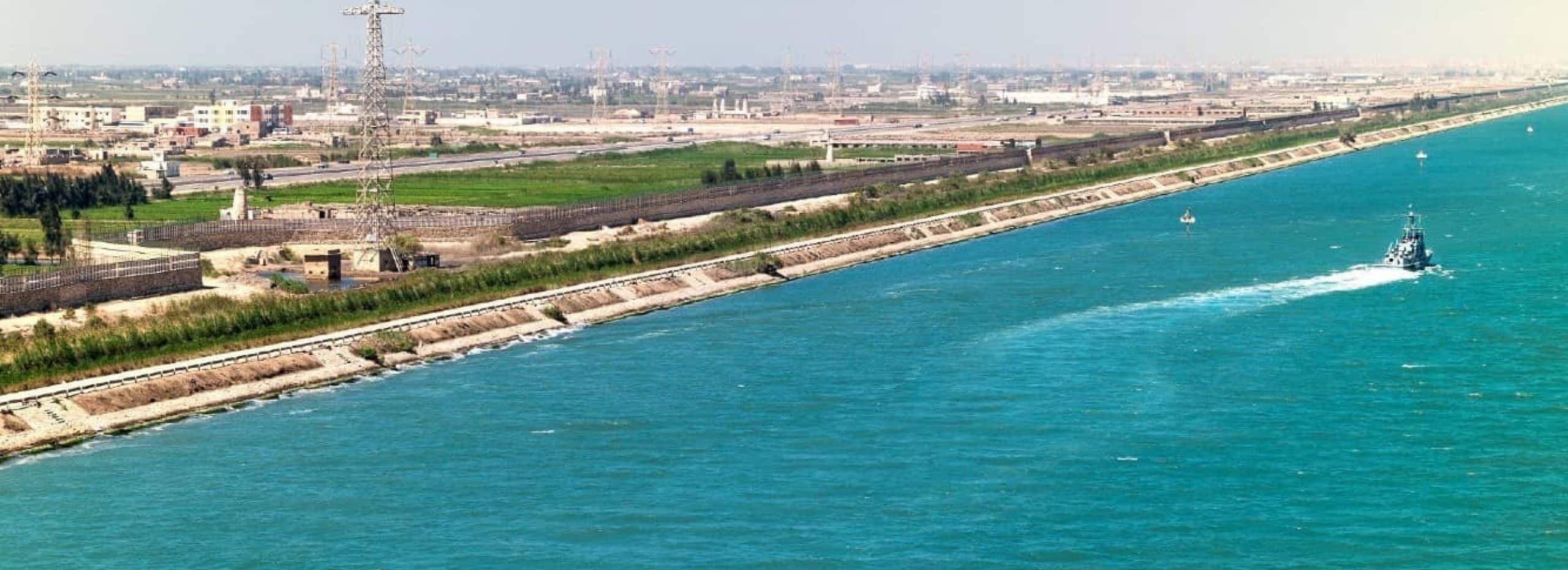A canal linking the Red Sea and Mediterranean is an old dream. Evidence of attempts to construct such a seaway across the desert isthmus have been detected dating from Egypt’s pharaonic era and Persia under the rule of Darius. Venetian doges plotted, and Napoleon fervently wished for one, to save ships the 4,300-nautical mile diversion around Africa. When the 120-mile canal between Suez and Port Said was opened in 1869, the seafaring map underwent its most impactful change in history. The canal is at sea level, so no locks are required. Your ship will meet other ships of every sort and size from every corner of the globe around the entry at Suez, to join a convoy. It starts early in the morning, proceeding in single file at a sedate 8 knots (to reduce erosion of the banks) and passing other convoys either in the Great Bitter Lake or at the Bailah Bypass. On average, about 97 ships transit the canal each day. Sights during the transit tend toward the monotonous: the ship ahead and the one behind, and an endless bank of sand on either side, ceaselessly refreshed by dredges stationed along the shore and pumping wet sand over the berm. The town of Ismailia with its tall, minareted mosque is a welcome diversion, as are the two bridges and one massive powerline crossing the canal. The transit takes between 11 and 16 hours.
